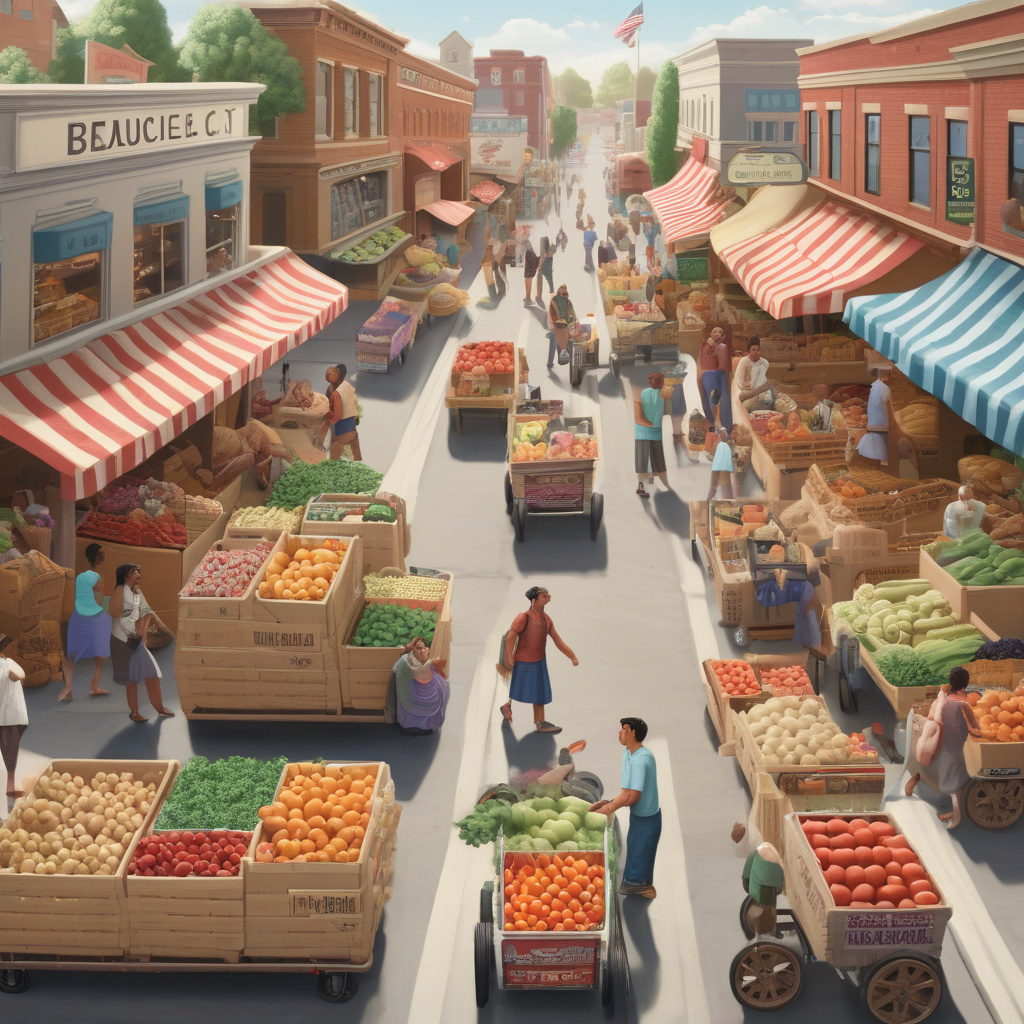Non-Metros Rising: Quick Commerce Boom in Tier-II Cities
The landscape of quick commerce in India is rapidly evolving, with tier-II cities emerging as the new frontier for growth and opportunity. According to a recent report by Emkay, a leading financial services company, non-metro areas are proving to be economically viable markets for quick commerce ventures. This shift is driven by several key factors that are reshaping the way businesses approach these untapped markets.
One of the primary drivers of the quick commerce boom in tier-II cities is the growing demand for a wider range of products and services that were previously inaccessible to residents. Unlike traditional brick-and-mortar stores, quick commerce platforms offer a diverse selection of items that cater to the evolving needs and preferences of consumers. This variety not only attracts new customers but also encourages existing ones to explore and purchase more, thereby driving up sales and revenue.
Moreover, lower operational costs in non-metro areas present a lucrative opportunity for quick commerce companies to enhance their profitability. By streamlining logistics, optimizing supply chains, and leveraging local resources, businesses can significantly reduce their overhead expenses, thus improving their bottom line. This cost-efficiency not only benefits the companies but also allows them to offer competitive prices and discounts to customers, further boosting sales and market penetration.
In response to the growing demand and profitability potential in tier-II cities, companies are now shifting their focus towards enhancing margins and increasing average order values. One strategy that businesses are adopting is to include higher-margin items in their product offerings, thereby upselling and cross-selling to customers. By strategically promoting and highlighting these products, companies can not only drive sales but also improve their overall profitability and sustainability in the long run.
This strategic shift towards improving margins and enhancing the average order value is expected to fuel significant expansion in the quick commerce sector, particularly in non-metro areas. As companies continue to innovate and adapt to the changing market dynamics, we can anticipate a surge in investments, partnerships, and technological advancements aimed at capturing the vast potential of tier-II cities and beyond.
In conclusion, the rise of quick commerce in tier-II cities is reshaping the retail landscape in India, offering new opportunities for businesses to thrive and grow. By capitalizing on the diverse product demands, cost efficiencies, and margin optimization strategies, companies can position themselves for success in this ever-evolving market. As the sector continues to expand and evolve, it is essential for businesses to stay agile, innovative, and customer-centric to leverage the full potential of non-metro markets and drive sustainable growth in the long term.
quick commerce, tier-II cities, profitability, margin optimization, market expansion
